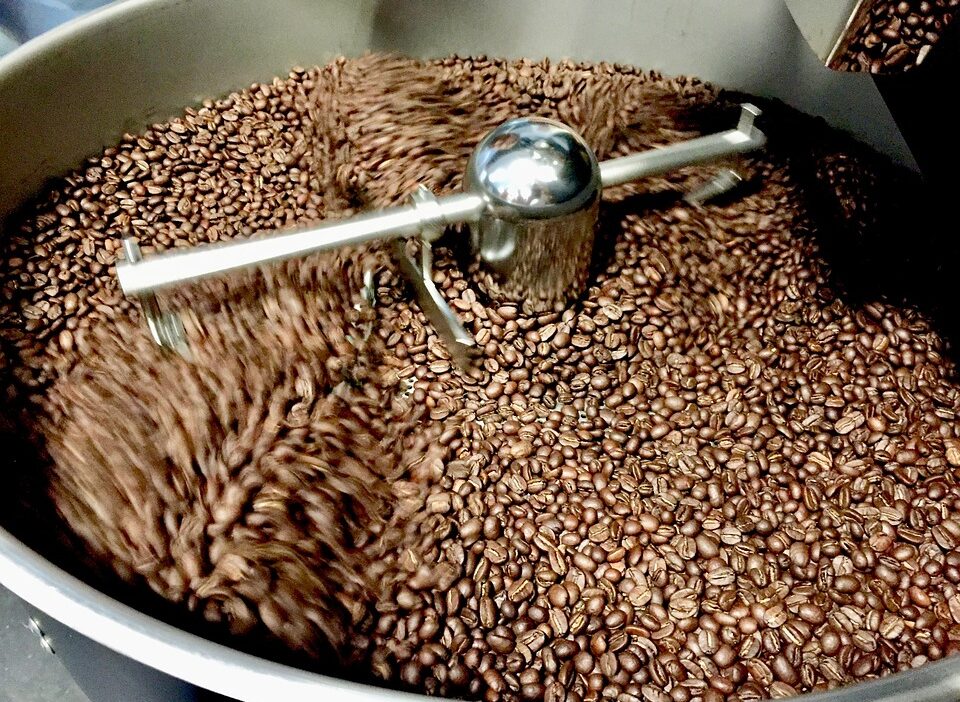In recent years, a culinary renaissance has emerged, elevating the humble roasted vegetable from a simple side dish to a star component of modern dining. As health consciousness rises and flavor palates diversify, chefs and home cooks alike are rediscovering the power of roasting vegetables to create vibrant, flavorful, and nutritious dishes. Let’s explore the reasons behind this trend, the techniques that bring out the best in everyday veggies, and how to incorporate roasted vegetables into your meals.
The Appeal of Roasted Vegetables
Flavor Transformation
Roasting vegetables is a cooking method that unlocks their natural sugars, resulting in a delicious caramelization that enhances both flavor and texture. The high heat of roasting promotes browning, while the moisture within the vegetables helps to keep them tender. Whether it’s the earthy sweetness of carrots, the rich depth of Brussels sprouts, or the subtle nuttiness of cauliflower, roasting transforms these ingredients into mouthwatering side dishes that can stand on their own.
Nutritional Benefits
In addition to being delicious, roasted vegetables are packed with essential vitamins, minerals, and fiber. A diet rich in vegetables has been linked to numerous health benefits, including improved heart health, enhanced digestion, and better weight management. Roasting helps maintain these nutrients while creating a dish that is as appealing to the eye as it is to the palate.
Versatility and Creativity
The beauty of roasted vegetables lies in their versatility. Almost any vegetable can be roasted, allowing for endless creativity in the kitchen. From classic combinations like roasted potatoes and carrots to more adventurous blends featuring squash, beets, and even radishes, the possibilities are vast. By experimenting with different herbs, spices, and oils, you can easily adapt roasted vegetable dishes to suit any cuisine or flavor profile.
Techniques for Perfect Roasting
Choosing the Right Vegetables
Not all vegetables roast the same way. Sturdier varieties like root vegetables and squashes tend to hold up well under high temperatures, while more delicate vegetables—like asparagus and bell peppers—require shorter cooking times. A blend of various vegetable types not only enhances flavor but also creates an appealing color palette.
Preparing for Success
Cutting vegetables into uniform pieces ensures even cooking. Smaller pieces will caramelize faster, while larger ones may need more time. Tossing vegetables in a light coating of oil aids in browning and prevents sticking, while generous seasoning with salt, pepper, and herbs amplifies flavor.
The Perfect Temperature
Most chefs recommend roasting vegetables at high heat, typically between 400°F (200°C) and 425°F (220°C). This creates the perfect environment for caramelization while keeping the insides tender. Regularly checking for doneness is crucial; vegetables should be tender when pierced with a fork and exhibit a golden brown exterior.
The Finishing Touch
A squeeze of lemon juice, a drizzle of balsamic glaze, or a sprinkle of fresh herbs right before serving can elevate roasted vegetables from good to exceptional. These finishing touches add brightness and complexity, making the dish not only more flavorful but also visually appealing.
Incorporating Roasted Vegetables into Your Meals
Adding roasted vegetables to your menu can seamlessly enhance both simple and elaborate meals. Here are some creative ideas:
-
Salads: Toss roasted vegetables into greens for a warm salad or use them as a base for grain salads featuring quinoa or farro.
-
Bowls: Create nourishing bowls by combining roasted vegetables with your choice of protein, grains, and a flavorful dressing.
-
Sandwiches and Wraps: Incorporate roasted veggies into sandwiches for added texture and flavor.
-
Pizza and Tacos: Use roasted vegetables as a topping on pizzas or fill tacos with a mix of roasted peppers and onions.
- Sides: Serve as a standalone side or blended into mashed potatoes or risotto for added depth.
Conclusion
The roasted vegetable renaissance is more than just a trend; it represents a broader shift towards embracing plant-forward cooking and innovative culinary techniques. By understanding the methods that maximize flavor and presentation, anyone can elevate their meals with delicious roasted vegetables. As this trend continues to flourish, the possibilities for experimentation and creativity are endless—encouraging home cooks to redefine their relationship with vegetables, one delicious bite at a time. So preheat your oven, gather your favorite veggies, and embark on a journey to elevate your side dishes to new heights!



